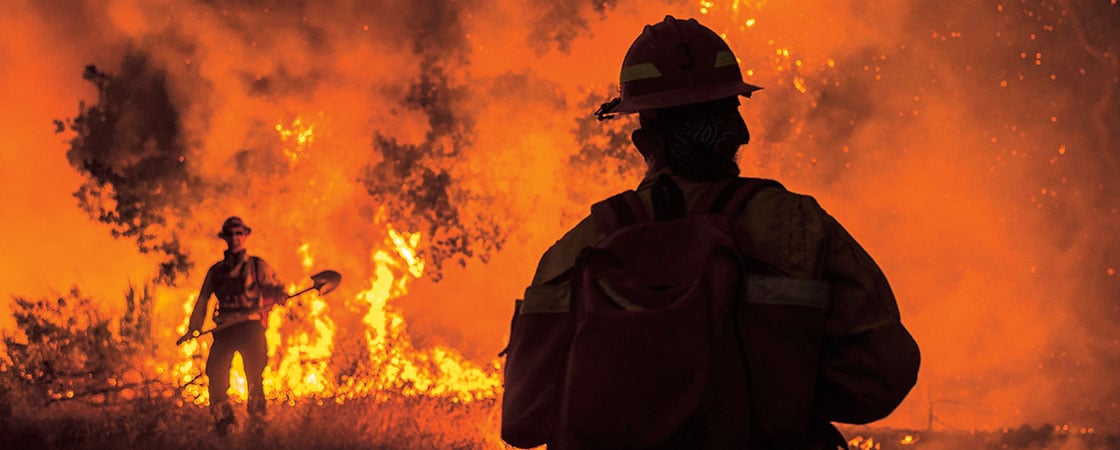GAIDAMASHCHUK/SHUTTERSTOCK.COM
You’re in a plane thousands of feet in the air. Giant red and orange flames glow beneath you. Thick black smoke fills the air. A huge wildfire is forming on the ground, and you’re going to try to stop it. You’ve been waiting for this moment. You take a deep breath. Then you jump out of the plane.
Who are you? You’re a smoke jumper. You’re part of a special group of firefighters. Your job: to stop wildfires before it’s too late.
You’re in a plane high in the air. Giant red and orange flames are below you. Thick black smoke fills the air. A huge wildfire is forming on the ground. You’re going to try to stop it. You’ve been waiting for this moment. You take a deep breath. Then you jump out of the plane.
Who are you? You’re a smoke jumper. You’re part of a special group of firefighters. Your job is to stop wildfires before it’s too late.

